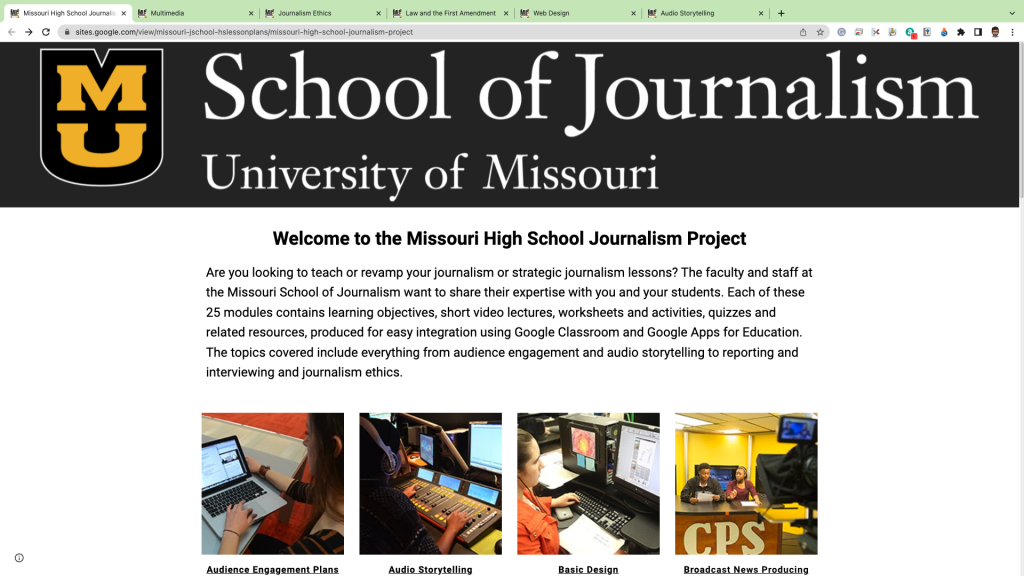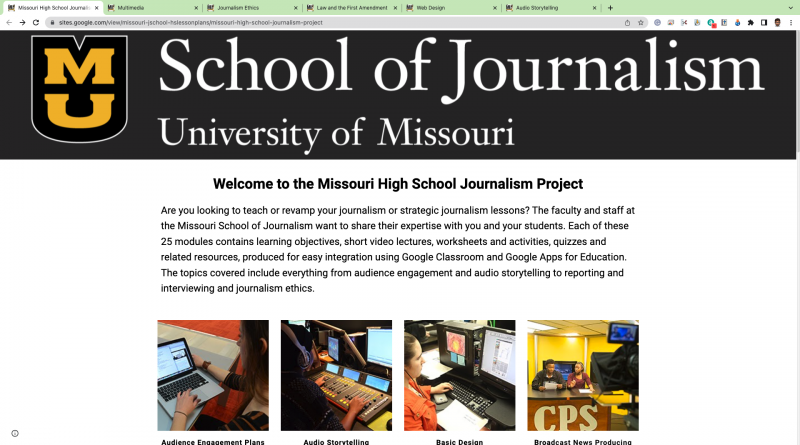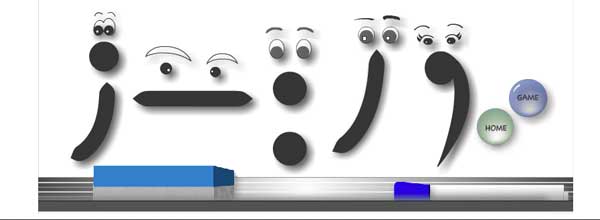Mizzou offers teaching resources for journalism educators

For journalism educators looking for a fresh take on a topic or needing serious help with how to teach a concept, the Journalism Education Association provides a rich curriculum to members.
Of course, other individuals and organizations provide help too. For example, at the height of the COVID-19 pandemic that forced schools into a distance-learning paradigm, Vincent Filak launched his “Corona Hotline for Journalism Instructors.” As a journalism professor at the University of Wisconsin-Madison and author of media reporting and writing textbooks, this resource came from a reliable source and supported instructors at all levels.
Needing help isn’t confined to a pandemic, though. Sometimes educators just need inspiration or an activity to make learning more impactful.
Recently, the University of Missouri’s Missouri School of Journalism started offering lessons and other resources for high school journalism teachers as part of the “Missouri High School Journalism Project.”
Organized by Mizzou’s Amy Simons, an associate professor in journalism studies, the resources are offered for free and include 25 different modules that include the following:
- Audience engagement
- Audio storytelling
- Basic design
- Broadcast news producing
- Broadcast writing
- Cross-cultural journalism
- Editing and headlines
- Features
- Infographics
- Investigative and data journalism
- Journalism ethics
- Law and the First Amendment
- Multimedia
- News writing
- Opinion and reviewing
- Photography and cutlines
- Reporting and interviewing
- Research
- Social media and digital tools
- Sports writing
- Story ideas
- Videography
- Web design
- What is news?
- Writing for social media
Clearly, there is something for everyone.
Each module features lectures (slides and narrated videos), lesson plans, activities, worksheets and assessments, and they all were created using Google Docs, Slides and Forms, making it easy to save a copy and customize the information.
Some modules include more than others, though. For example, the Audio Storytelling module provides three different lectures, and the Law and the First Amendment module contains two lectures.
On the other hand, modules such as Videography and Multimedia only have one lecture.
Still, each module serves educators great content that can help re-energize their curriculum or even allow them to explore additional aspects of the media world that they haven’t been covering previously.
Journalism faculty members with impressive credentials created the content, ensuring its benefit.
If journalism educators are looking for fresh material to draw from, they should consider what Mizzou provides. It’s an impressive array of curricular components.
To directly access the lessons, visit this address: https://sites.google.com/view/missouri-jschool-hslessonplans/missouri-high-school-journalism-project



